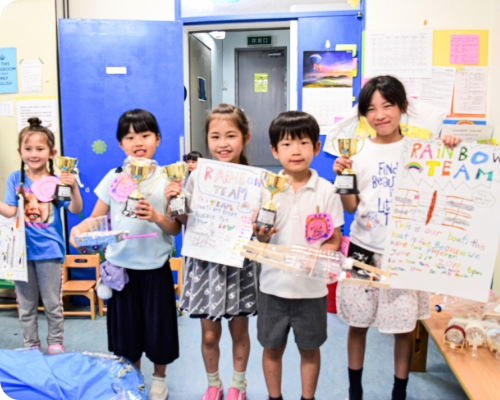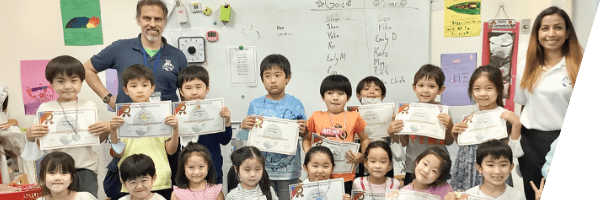
Biliteracy
Class

In our Biliteracy class, we use a teaching method known as Project-Based Learning (PBL). It encourages students to gain and apply knowledge and skills through authentic and engaging projects set around challenges and problems they may face in the real world. Students work on a project over an extended period of time, anywhere from a week to a term, depending on their interests and desired outcomes. Projects allow them to develop deeper knowledge as well as creativity, critical thinking, problem solving, communication, and collaboration.
We believe that these skills will not only help them with real world situations, but prepare them for academic, personal and career success.
バイリテラシーのクラスでは、プロジェクトベースの学習(PBL)と呼ばれる教育方法の1つを使用して、学生が実際に直面する可能性のある課題や問題を中心とした本格的で魅力的なプロジェクトを通じて知識とスキルを習得し、応用することを奨励しています。生徒は、興味や希望する結果に応じて、1週間から1学期まで、長期間にわたってプロジェクトに取り組みます。プロジェクトは、彼らが創造性、批判的思考、問題解決、コミュニケーション、およびコラボレーションだけでなく、より深い知識を開発することができます。私たちは、これらのスキルは、現実の状況でそれらを助けるだけでなく、学術的、個人的、キャリアの成功のためにそれらを準備すると信じています。

About Biliteracy Class バイリテラシークラスとは

-
 Curriculum of American Common Core StandardアメリカのCommon Core Standardに
Curriculum of American Common Core StandardアメリカのCommon Core Standardに
準じたカリキュラム -
 Enhancing English, Intelligence, Logical Thinking幼児期に身に着けた英語力、
Enhancing English, Intelligence, Logical Thinking幼児期に身に着けた英語力、
知力、論理的思考を伸ばす -
 21st Century's Skills21世紀型スキルの育成
21st Century's Skills21世紀型スキルの育成

Our themes are determined through class discussions. The classroom teacher becomes a facilitator in the discussion to assist the students in choosing a theme that is aligned with their grade level. Then the teacher sets learning objectives using Bloom's Taxonomy to effectively incorporate higher forms of thinking in education such as analyzing and evaluating.
The following is one of the projects we have completed in our classroom.
プロジェクトベースの学習(PBL)は、教室でのディスカッションを通じてテーマを決定します。生徒一人一人が、自分が追求したいアイデアや質問を持って来ます。教室の教師は、彼らが自分の学年レベルに合ったテーマを選択するのに役立つ議論のファシリテーターになります。その後、教師はブルームの分類を使用して学習目標を設定し、分析や評価などの教育に高い考え方を効果的に組み込みます。
以下は、私たちの教室で完了したプロジェクトの一つです。
In case ofOur Buoyancy Project
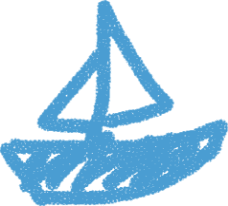
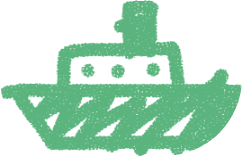
 STEP 1
STEP 1
As we were learning about the Scientific Methods, we conducted a simple Sink or Float experiment. This experiment led our students to wonder what factors might contribute to making objects float or sink. We eventually decided to learn more about buoyancy through boat designs.
Our essential question was: “What is buoyancy?”
アイデアと質問を出すための科学的な方法について学ぶために、簡単な浮き沈み実験を行いました。この実験では、物がどのような仕組みで浮き沈みするのかを考えるきっかけとなりました。私たちの本質的な課題は「浮力とは?」ではありますが、生徒たちはボートを制作することで、浮力についてもっと学ぶことに決めました。

 STEP 2
STEP 2
To increase our understanding of boat designs, we gathered information from educational books, videos, and websites and recorded our findings. We invited a parent volunteer to be our guest speaker and he helped us learn about the Antarctic research vessel Soya known as one of the strongest boats in Japanese history.
ボートの仕組みを深める目的で、教育書、動画、ウェブサイトから情報を収集し、その結果を記録しました。保護者のボランティアをゲストスピーカーに招き、日本史上最強の船として知られる南極の研究船「宗谷」について学ぶお手伝いをしてくれました。

 STEP 3
STEP 3
Based on our research and findings, we determined our designs and sketched them out. We also gathered materials necessary to build our boats.
研究成果をもとに、デザインを決定し、スケッチしました。また、船の制作に必要な資材も集めました。

 STEP 4
STEP 4
Each student created two types of boats: 1) aluminum boat and 2) boat of their choice. They used different types of materials such as plastic bottles and milk cartons for their second designs.
生徒たちは、アルミ箔製のボートと素材を自由に選択したボートの2種類を制作しました。自由に選択した素材ではペットボトルや牛乳パックなどの異なる種類の材料を使用しました。

 STEP 5
STEP 5
To test our boat designs, we put our boats in a big tub of water. We then placed 10 yen coins, slowly one at a time, on our boats to see how many coins our boats could hold before sinking.
制作したボートを発表するために、ボートをビニールプールに浮かせました。
10円玉をボートに置き、どれだけの硬貨を置くと沈んでしまうのか実験しました。

 STEP 6
STEP 6
We recorded our results on a chart to determine whose boat held the most/least coins. Using the chart, we also discussed the variables that might have affected the results, including the shapes of boats and the materials used to create each design.
誰のボートが10円玉を最も多いかまたは少ないかを決定するために、結果を記録しました。
この記録から、ボートの形や素材などで結果に変化があることを説明しました。
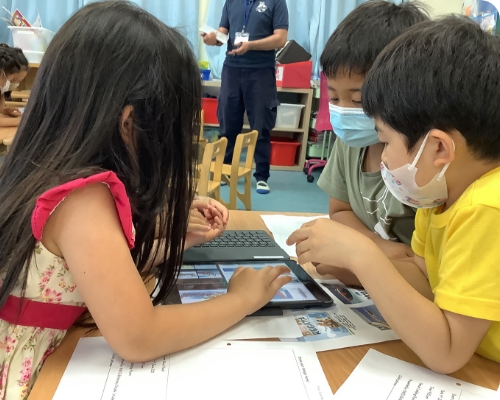
 STEP 7
STEP 7
Since many of our students were still passionate about boats, we extended our project for a longer period. To further investigate boats, we shifted our focus to building boats designed for speed. This time, the students were divided into teams and they cooperated with each other to build three types of speed boats. To present our final products, we planned a big Boat Race at the school and competed with one another.
子どもたちがボートの制作にとても熱心に取り組んでいたので、私たちはさらにプロジェクトを延長しました。ボートの仕組みをさらに研究するために、次はスピードを課題にしました。チーム分けをして、子どもたちは協力してスピードボートを作り上げました。最終成果の発表のために、学校で大きなボートレースを開催しました。
